Carrier Woes: The Navy’s fighters can’t reach China
- By Alex Hollings
Share This Article
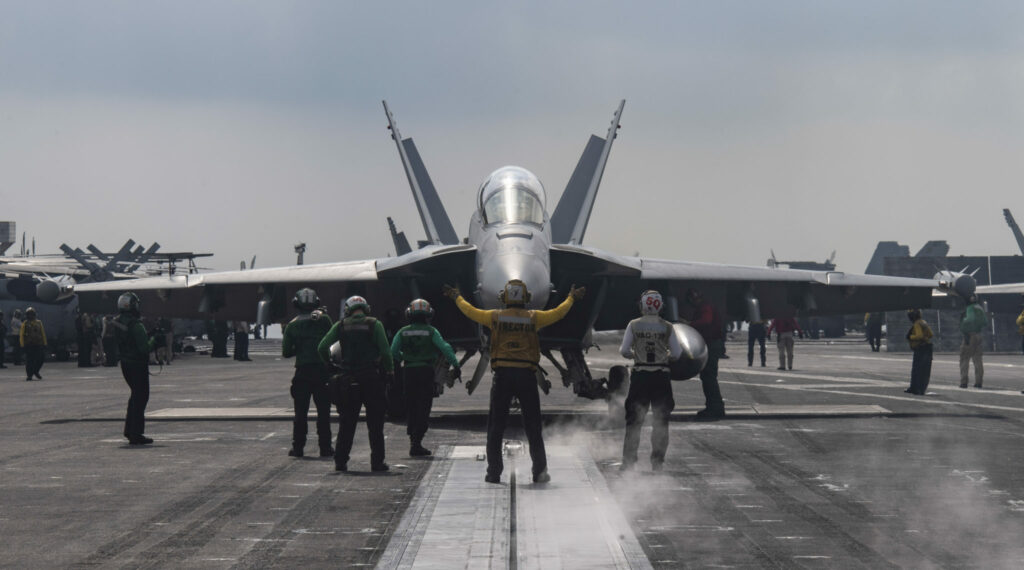
After nearly two decades of counter-terror operations around the world, the United States military has recently begun shifting its focus away from this form of asymmetric warfare and back toward the potential for near-peer conflicts with nations like China or Russia.
Despite maintaining the most powerful military apparatus on the globe, this pivot won’t be without its challenges. Over the past 19 years, the United States military has funneled the majority of its funding into combat operations and new technologies that support the counter-terrorism endeavor. During this time, national opponents like China have had ample opportunity to observe the way America’s military operates, and find cost-effective methods of countering the U.S.’ most significant strengths.
In 2015, for instance, both China and Russia established space-specific branches of their armed forces tasked with replicating some of America’s orbital strengths (like a GPS satellite constellation), but also with finding ways to mitigate America’s established orbital dominance. Put simply, it’s cheaper and easier to interfere with or destroy technology than it is to replicate it, and America’s enemies have leveraged that simple logic to great effect in recent years. Today, it’s believed that both Russia and China operate semi-autonomous orbital assets that can already spy on or potentially even destroy satellites that are currently in orbit.
But while America has maintained the lead in orbital technology, it has apparently fallen behind in some weapons technologies that saw reduced focus throughout these many years of fighting terror organizations–namely, weapons technologies intended for use against technologically capable opponents. Hypersonics, as one pressing example, are a rapidly developing field of extremely fast (higher than Mach 5) weapons that, to date, no air defense system can counter. While both China and Russia claim to have operational hypersonic weapons in their arsenals, there’s one weapon that has wreaked more havoc in American military strategy than any other: China’s hypersonic DF-21D anti-ship missile.
Why is the DF-21D such a threat?
Related: How America almost got hypersonic aircraft decades ago
The DF-21D is a hypersonic anti-ship missile employed by China’s People’s Liberation Army (PLA). The platform itself is a medium-range, road-mobile ballistic missile. Once launched, the DF-21D follows a similar arc to that of an intercontinental ballistic missile, flying high into low earth orbit before deploying a hypersonic glide vehicle that can reach speeds as high as Mach 10 during its guided descent phase. Existing missile defense systems simply can’t intercept a target moving that fast, making it all but impossible to stop one of these missiles once it’s been fired.
While the DF-21D’s speed makes it a clear threat to U.S. Navy ships, it’s the missile’s range that poses the biggest problem. The DF-21D has an operational range of about 2,000 kilometers, or a bit more than 1,200 miles. By placing these platforms along the Chinese coastline, the PLA has been able to establish an area-denial strategy, sometimes referred to as an area-denial “bubble,” or a 1,200-mile circle around each missile that enemy ships can’t enter without being within range of the weapon system.
It’s important to note that, while these missiles can carry both conventional and nuclear payloads, the sheer kinetic force of a Mach 10 impact would be enough on its own to sink many ships, and when coupled with an explosive warhead, could conceivably take even a massive Nimitz-class supercarrier out of the fight with a single shot.
The strategic implications of China’s “Area-Denial Bubble”

China’s area-denial bubble that extends some 1,200 miles from their shoreline poses a significant challenge for America’s conventional wartime strategy of using aircraft carriers as a means of force projection. The U.S. Navy maintains a fleet of 11 supercarriers, each capable of delivering more firepower than many entire nations could manage. One Nimitz-class carrier is capable of accommodating as many as 130 F/A-18 Super Hornets, or as many as 90 aircraft of varying types, along with a massive 6,000 service personnel. The U.S. uses these carriers to deliver huge amounts of firepower to any region of the globe, using carrier-based aircraft to deliver ordnance to targets extending out hundreds of miles.
It’s that “hundreds of miles” part that is the real issue here. The U.S. Navy’s workhorse fighters are F/A-18 Super Hornets, which are currently undergoing a massive overhaul that will offer a similar increase in capabilities to the previous shift from Block I Hornets to Block II Super Hornets in 2001. However, even with these Block III Super (Duper) Hornets, the ranges these jets are capable of engaging targets at are still far too short to compensate for China’s area denial bubble.
Block III Super Hornets and F-35Cs come up short

The Navy’s current Block II Super Hornets have a combat radius of approximately 500 miles while carrying a full weapons payload. That means these jets can take off from a carrier, fly 500 miles to engage a target, turn tail, and fly 500 miles back to their ship. The forthcoming Block III variant of these fighters will add conformal fuel tanks (additional fuel tanks that hug the fuselage of the aircraft) which will allow them to carry 3,500 pounds of additional fuel, which will increase their fuel range by approximately 300 miles, or combat radius by 150. That means the top-end fourth-generation fighters employed by the U.S. Navy in the near future will need to be launched within 650 miles of a target to be able to engage it.
The Lockheed Martin F-35C (carrier variant) offers about 10% more fuel range than the Block II Super Hornet, making its combat radius approximately 660 miles. Again, that mark falls far short of China’s DF-21D anti-ship missile’s range, at better than 1,200 miles.
This means that, in a best-case scenario, the U.S. Navy would have to park its carriers about 650 miles off of Chinese shores to be able to target shoreline assets, which places it well within China’s area-denial bubble. The minute an American carrier comes closer than 1,200 miles from Chinese shores, we run the risk of losing it to a DF-21D strike. Put succinctly, this single missile platform has effectively neutered America’s most potent form of force projection: its fleet of supercarriers.
Increasing the fuel range of carrier-based aircraft

The U.S. Navy is currently developing a carrier-based drone refueler called the MQ-25 Stingray. Originally developed to serve as a low-observable Unmanned Combat Aerial Vehicle (or armed drone), Boeing was able to convert their platform into a carrier-based refueler when the Navy began to recognize the importance of pulling more mileage out of existing fighters.
On August 30, 2018, the U.S. Navy awarded Boeing an $805 million contract to continue development on the platform, and the drone took its first test flight just over a year later in September of 2019. The Navy intends to purchase a total of 76 Stingrays from Boeing, and according to the Pentagon, they may be able to extend the range of carrier-based aircraft by as much as 400 miles. This increase in range is substantial–but isn’t substantial enough to allow carriers to launch sorties from outside China’s area denial bubble. It’s important to note that the Navy’s fighters can’t refuel over the target, so each jet needs enough range to make it back to where the MQ-25 can reach them after delivering ordnance.
While there are current concerns about the MQ-25 program being delayed by external issues within the Navy, a spokesperson from Naval Air Systems Command recently confirmed that they expect to reach initial operating capability for the MQ-25 sometime in 2024.
Finding alternatives to carriers

Related: Drones will compete with crewed aircraft for AFSOC Armed Overwatch Program
There are a number of initiatives in development aimed at offsetting the strategic advantage China maintains in the region through their area-denial strategy, but thus far, no single effort that has been discussed publicly will do it on its own.
The U.S. Marine Corps has had a great deal of success launching F-35Bs (short take-off, vertical landing variant) off the deck of smaller “flat-top carriers” the U.S. refers to (for legal reasons) as amphibious assault ships. These vessels would likely be called aircraft carriers by other nations, but are significantly smaller than the Navy’s Nimitz or Ford-class supercarriers — making them a more difficult target to locate and engage.
It’s important to recognize the significant challenge accurate targeting will be for China’s DF-21D. Aircraft carriers may be massive, but against the backdrop of the Pacific Ocean, they’re practically tiny and can move at around 35 knots (40 miles per hour) with the throttle open. In order to hit one on the move, China intends to employ supersonic drones to locate and transmit targeting data back to the missile. A smaller target (in the form of an amphibious assault ship) does make effective targeting even more difficult.
Other efforts include creating austere airstrips for F-35Bs on landmasses inside China’s area denial bubble. These hastily cleared airports would allow heavy lift helicopters to deliver fuel and ordnance for F-35Bs to land, resupply, and take off once again. However, these hasty airstrips, like a stationary aircraft carrier, would have a short shelf-life inside the range of China’s ballistic missile arsenal.
Support from the Air Force and the Army

While the U.S. Navy and Marine Corps have both been working tirelessly to find ways to extend the reach of America’s carrier strike groups, it may be the Air Force that would need to lead the way in a conflict with China. Northrop Grumman’s forthcoming B-21 Raider is expected to be the stealthiest bomber ever to take to the skies and will offer global strike capabilities similar to that of its predecessor, the B-2 Spirit.
Related: How the B-21 Raider could shift power in the Pacific
The B-21, then, may come to the Navy’s rescue by flying long-distance bombing missions over Chinese shorelines, engaging DF-21D and other hypersonic anti-ship platforms to clear the way for America’s carriers to sail close enough to begin launching sorties of their own. However, because the DF-21D is road mobile, it’s likely that it will be difficult to be sure where these platforms are. That’s where the Army may be able to help.
Army Secretary Ryan McCarthy recently let the cat out of the bag about a new program under his purview called “Vintage Racer,” which is a previously undisclosed hypersonic weapon that, unlike the hypersonic missiles employed by China and Russia, aims to solve problems through data collection and lots of brainpower, rather than brute force alone.
Vintage Racer closes with targets at hypersonic speeds, making it just as difficult to defend against as China’s own hypersonic missiles, but once it reaches a target area, the platform deploys a loitering system that uses its own sensors to find hidden or moving targets in the area. Once that system spots a mobile missile platform, it can then engage and destroy it.
Could a new fighter solve this problem?
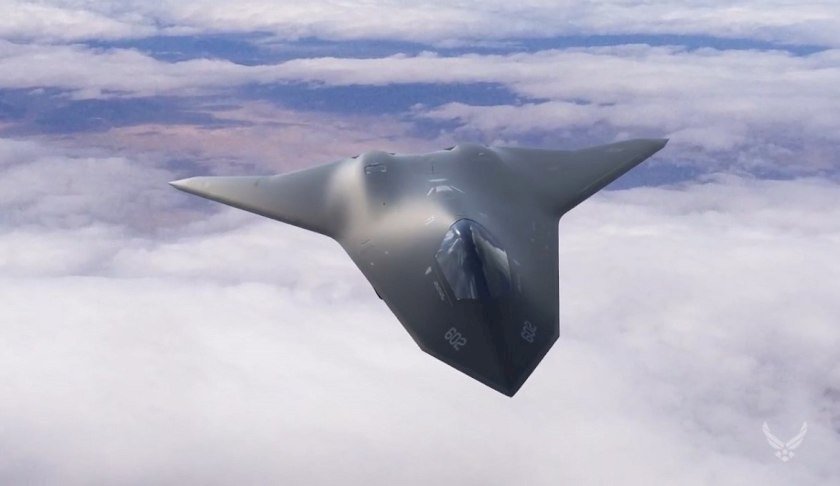
With the Air Force Chief of Staff General Charles Q. Brown, Jr. recently claiming that the U.S. Air Force needs to develop a “clean-sheet” stealth fighter that combines some F-35 capabilities with the cost effectiveness of a 4th generation fighter, it’s clear that the United States no longer sees the F-35 as a solution for every problem. The Air Force also claimed to have designed, built, and flight tested a “6th generation fighter” platform that will likely mature into a replacement for the stealth F-22 Raptor via the Air Force’s Next Generation Air Dominance program.
Related: Why 5th Generation ‘Minus’ fighters are the future
So, if the Air Force is looking to bolster its own F-35s with a handful of more specialized fighters, what’s to stop the Navy from following suit? Namely, the money. America’s Defense Department has to compete within itself for portions of the budget, and while the Air Force considers new fighter acquisitions, the Navy is stuck trying to expand the size of its surface fleet to compete with China. America’s Navy has something in the neighborhood of 293 vessels, with many slated for retirement in the coming decades. In order to keep pace with China’s 700+ size fleet, the U.S. Navy needs more ships, and ships are expensive.

But what if the Navy were to find a way to hop into bed with the Air Force’s multiple fighter programs? While trying to cram the word “joint” into a fighter program may give us all a bit of pause (for good reason, after the acquisition nightmare the F-35 has become), if a new jet could solve this problem for the Navy, what would it have to look like?
To be clear–it would be asking a lot. In order to offset the area-denial bubble created by China’s anti-ship weapons, this new jet would need to have a massive amount of range and a tiny radar profile. If we assume the area-denial bubble extends 1,200 miles from China’s shores and the existence of operational MQ-25s for refueling, we can do some back-of-the-envelope math to determine range requirements. This new aircraft would need to fly 1,200 miles out from the deck of a carrier, and then a minimum of 800 miles back, where it could be refueled for an additional 400 miles. That means the Navy needs an aircraft with a whopping 2,000-mile range… at a minimum. It would also need to be stealthy–in order to survive in the highly contested airspace it would operate in.
While such an aircraft may not be impossible… it is a pretty big ask.
Does this even matter if we don’t go to war with China?
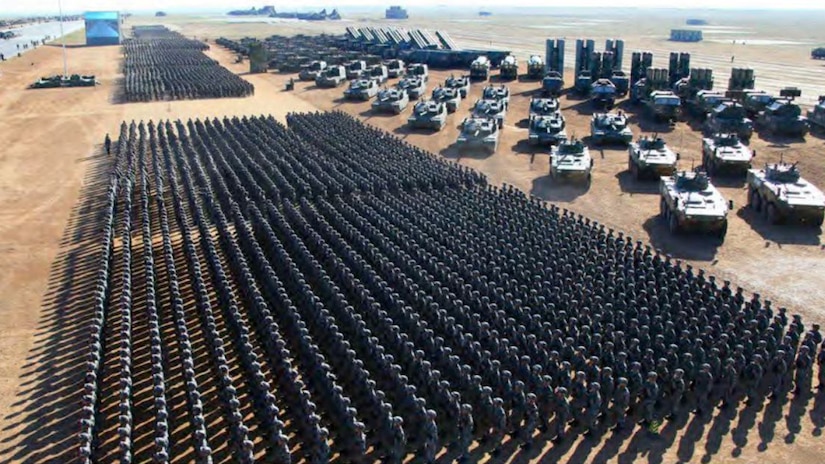
While the capabilities the U.S. is developing with an eye toward China will certainly benefit combat operations in any theater, there’s another important aspect of defense technology development that warrants consideration: diplomatic leverage in the pursuit of deterrence.
Like Theodore Roosevelt’s “talk softly and carry a big stick” approach to diplomacy, military capability is often as much about the threat of use as it is about actual use. When engaged in diplomatic talks, the understanding that warfare is foreign policy by other means is ever-present. When it comes to aggressive states like China, who are moving to enforce illegal claims over the hotly contested South China Sea, knowing we can’t stop them plays an important role in how they approach the subject in international dialogue.
Likewise, if China is aware that the U.S. possesses the capability to do away with their anti-ship arsenal and begin launching combat sorties in their airspace, it forces them to engage with the dialogue directly. A great deal of foreign policy really comes down to posturing and veiled threats, but threats are only effective when they’re backed by real capability.
From a strategic military standpoint, the most effective way to deter a 21st century war with China is to ensure America would win such a conflict. In order to get to that point, the capability gap created by China’s area denial bubble needs to be closed, and right now — that all boils down to fuel range.
Read more from Sandboxx News:
- Burning 50,000 lbs of fuel per hour: Aerial refueling from a fighter pilot
- Fighter pilot breakdown: Aerial refueling
- How does China’s defense spending really stack up against the US?
- American Pirates? US privateers could help win a war with China
- Move over stealth. America needs faster jets to beat China
This article was originally published 3/22/2021
Feature image: U.S. Navy photo by Mass Communication Specialist 3rd Class Cheyenne Geletka
Related Posts
Sandboxx News Merch
-

‘AirPower’ Golf Rope Hat
$31.00 Select options This product has multiple variants. The options may be chosen on the product page -

‘Kinetic Diplomacy’ Bumper Sticker (White)
$8.00 Add to cart -

‘Kinetic Diplomacy’ Bumper Sticker (Black)
$8.00 Add to cart

Alex Hollings
Alex Hollings is a writer, dad, and Marine veteran.
Related to: Airpower, Military Affairs
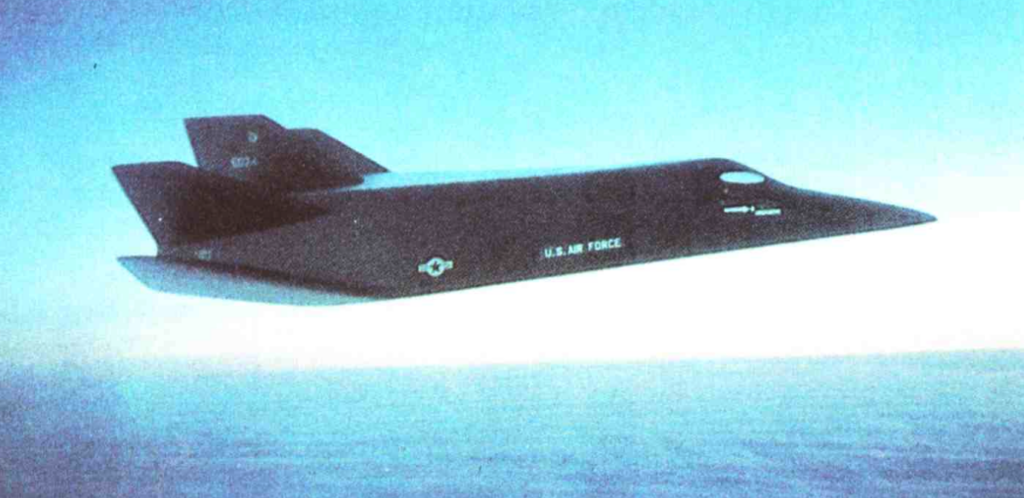
Game-changing military aircraft that were canceled before they could change the game
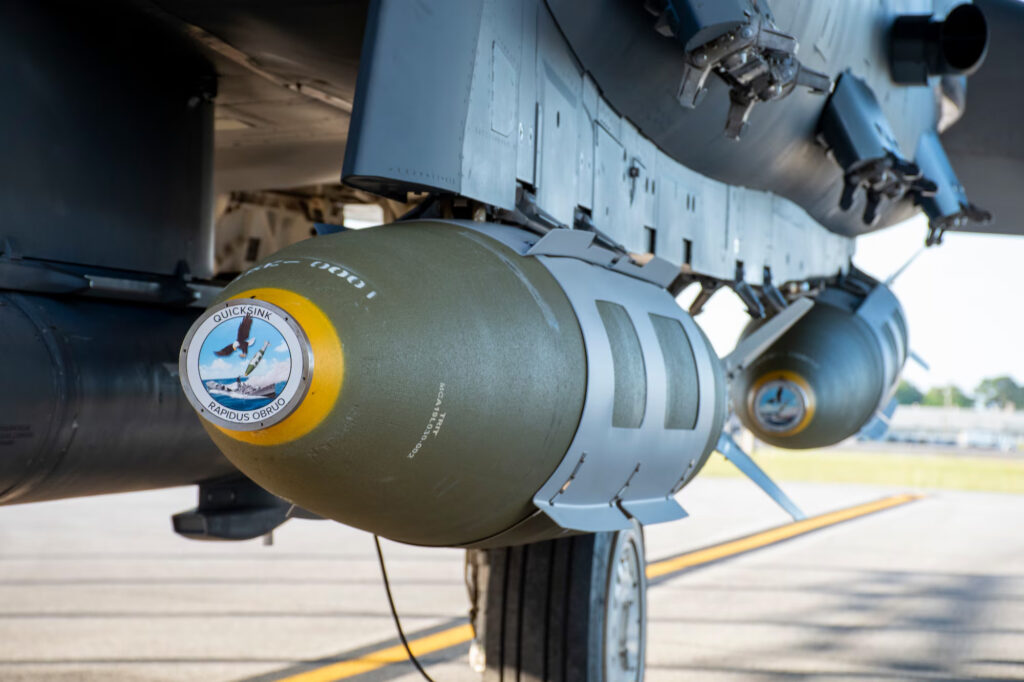
Quicksink kits could make it much cheaper to take out enemy ships
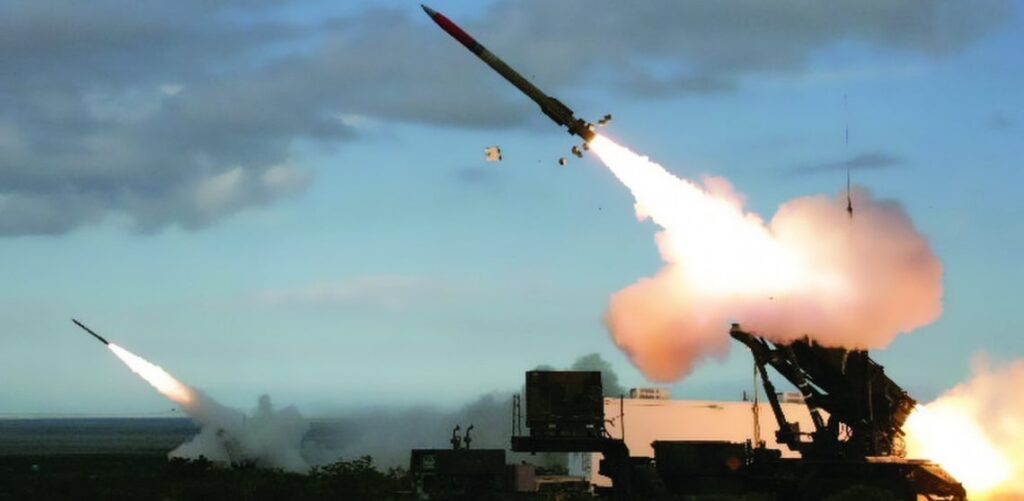
The ultimate guide to the Patriot air defense system
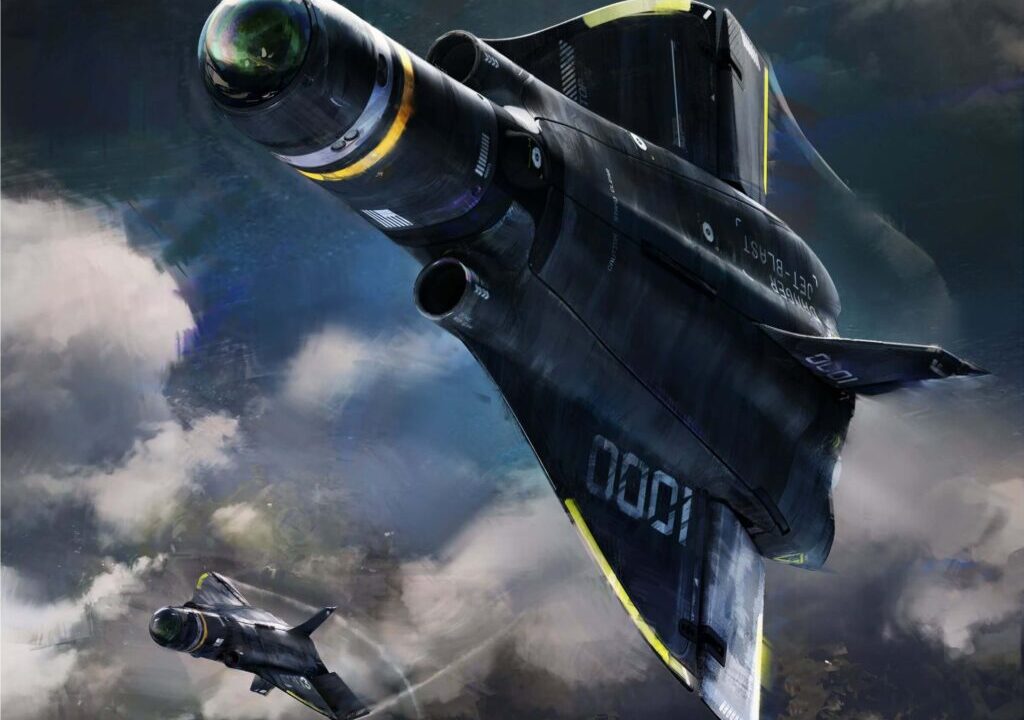
Anduril’s Roadrunner is a unique reusable missile interceptor
Sandboxx News
-

‘Sandboxx News’ Trucker Cap
$27.00 Select options This product has multiple variants. The options may be chosen on the product page -

‘AirPower’ Classic Hoodie
$46.00 – $48.00 Select options This product has multiple variants. The options may be chosen on the product page -

‘AirPower’ Golf Rope Hat
$31.00 Select options This product has multiple variants. The options may be chosen on the product page -

‘Sandboxx News’ Dad Hat
$27.00 Select options This product has multiple variants. The options may be chosen on the product page
